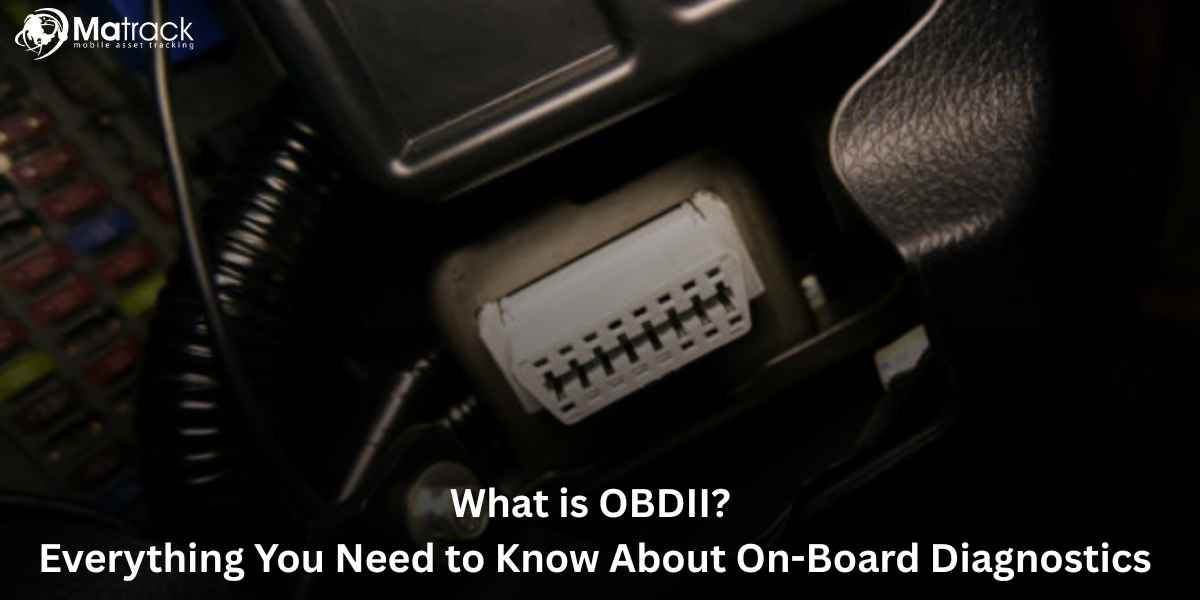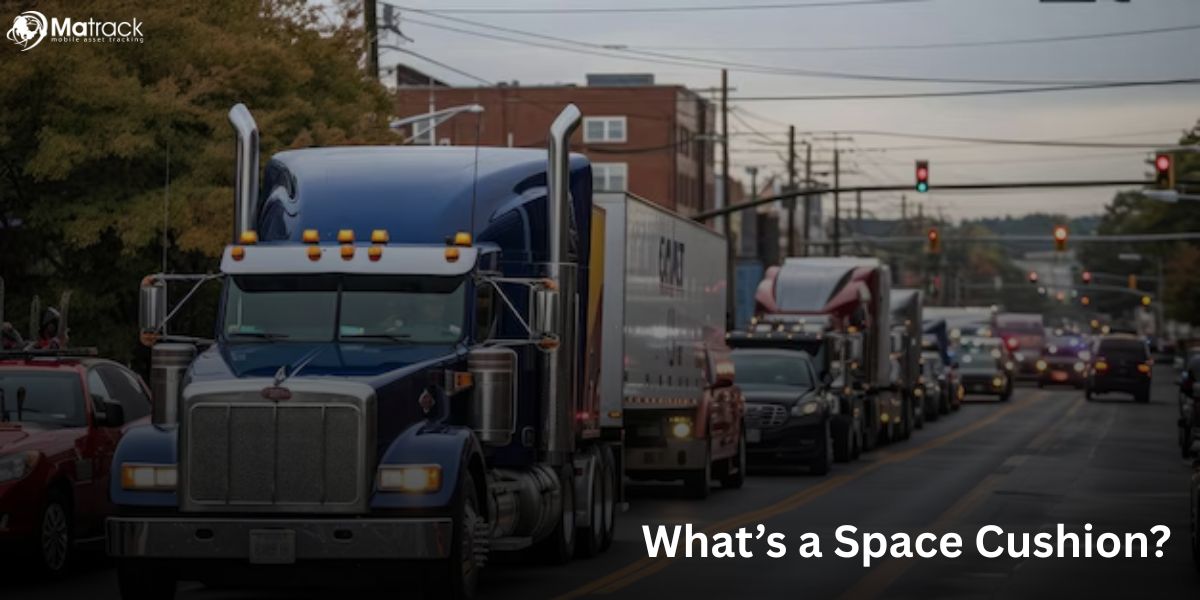Key Takeaways:
- A DOT vehicle is defined by weight, passenger count, or hazardous material use, and must follow federal safety regulations.
- To stay compliant, operators need a USDOT number, qualified drivers, working ELDs, and complete maintenance records.
- Breaking DOT rules results in heavy fines, vehicle shutdowns, and potential loss of operating authority or CDL.
- Tools like Matrack’s ELD and GPS system simplify compliance by tracking hours, behavior, and documentation in real time.
What Is Considered A DOT Vehicle?
A DOT vehicle is any commercial vehicle that falls under the safety rules of the U.S. Department of Transportation. This usually applies when a vehicle is large, carries multiple passengers, or transports hazardous materials.
A vehicle qualifies if it weighs more than 10,001 pounds or if it’s used to move hazardous cargo. It’s also considered a DOT vehicle when it carries nine or more people for pay or fifteen or more without compensation.
Once a vehicle meets these rules, it must follow DOT compliance standards. That includes registering for a DOT number and making sure both the vehicle and the driver meet safety requirements.
What Does DOT Regulation Mean?
DOT regulation applies to the vehicle, the driver, and the carrier company. It enforces federal standards on:
- Driver qualifications
- Vehicle safety inspections and maintenance
- Hours of service
- Drug and alcohol testing
- Hazardous materials handling
These regulations are enforced by FMCSA officers at federal and state levels.
What Are The Requirements Of A DOT Vehicle?
Vehicle Weight
A vehicle must weigh more than 10,001 pounds to fall under DOT regulation. This includes both the Gross Vehicle Weight Rating (GVWR) and the combined weight if it’s pulling a trailer.
This rule applies to box trucks, semis, and even heavy-duty pickup trucks used commercially. Once the weight limit is crossed, the vehicle is officially considered DOT-regulated.
Passenger Count
DOT regulations apply if a vehicle carries nine or more passengers for pay. It also applies if it carries fifteen or more without charging.
This includes commuter vans, company shuttles, and large group transport vehicles. The key factor is the number of seats, not how many people are actually riding.
Hazardous Materials
If a vehicle is used to transport hazardous materials, it qualifies as a DOT vehicle. The type and amount of material must meet placarding requirements under federal law.
These materials can include fuel, chemicals, or industrial waste. Drivers must also have hazmat training and carry proper documentation.
DOT Number
Every qualifying DOT vehicle must display a registered USDOT number. This number is issued by the Federal Motor Carrier Safety Administration (FMCSA).
It must be clearly printed on both sides of the vehicle in legible text. The number helps inspectors and agencies track the operator’s safety record.
Driver Credentials
Drivers must meet specific licensing and health standards to operate a DOT vehicle. This includes holding a Commercial Driver’s License (CDL) when required.
A valid medical certificate is also mandatory for most drivers. Without these, the vehicle is considered out of compliance.
Driving Hours
DOT drivers must follow strict Hours-of-Service (HOS) rules. These rules limit how long a driver can be on the road and how often they must rest.
Time is tracked using logbooks or electronic logging devices (ELDs). These systems prevent overworking and reduce accident risks.
Vehicle Maintenance
DOT vehicles must be inspected regularly and kept in good condition. Pre-trip and post-trip inspections are required by law.
Operators must record and store maintenance and repair logs. These records are checked during audits and roadside inspections.
Drug Testing
Drivers must be part of a registered drug and alcohol testing program. This starts with pre-employment testing and continues randomly throughout the year.
Post-accident and reasonable suspicion tests are also required. Companies that fail to enforce testing risk serious penalties.
What Are The Consequences Of Breaking DOT Vehicle Rules?
Heavy Fines
DOT violations can result in steep financial penalties. Fines may exceed $15,000 per incident, especially when hazardous materials or falsified records are involved.
Vehicle Out-of-Service Orders
Inspectors can immediately take non-compliant vehicles off the road. This leads to delivery delays, lost time, and unexpected repair costs.
Loss of Operating Authority
Carriers with repeated violations risk being shut down by the FMCSA. Unsafe safety scores or ignored rules often trigger permanent suspension of operating rights.
Driver Disqualification
Drivers who break DOT rules may lose their CDL or be suspended. Common reasons include drug test failures or repeated Hours-of-Service violations.
Increased Insurance Costs
Poor compliance history leads to higher fleet insurance premiums. Carriers marked as high risk face reduced policy options and rising business expenses.
Legal and Criminal Action
Severe violations that cause injury, death, or environmental harm can lead to lawsuits or criminal charges. Legal costs and reputation damage often follow.
Damaged Reputation
Frequent violations hurt a company’s public image and client trust. Businesses with clean records attract more freight opportunities and fewer inspections.
Related: 9 Steps To Handle DOT Violations
How Matrack Keeps You Stay DOT-Compliant?
Matrack helps you stay DOT-compliant by offering an FMCSA-certified ELD that tracks driver hours accurately and automatically. This reduces the risk of logbook errors and keeps your fleet in line with federal Hours-of-Service rules.
With real-time GPS tracking and safety alerts, Matrack gives you visibility into vehicle location and driver behavior. Fleet managers can take immediate action when unsafe driving or route deviations are detected.
Matrack also simplifies compliance paperwork by generating ready-to-use reports for inspections and audits. From HOS logs to DVIRs, the platform keeps your records organized and accessible whenever needed.



